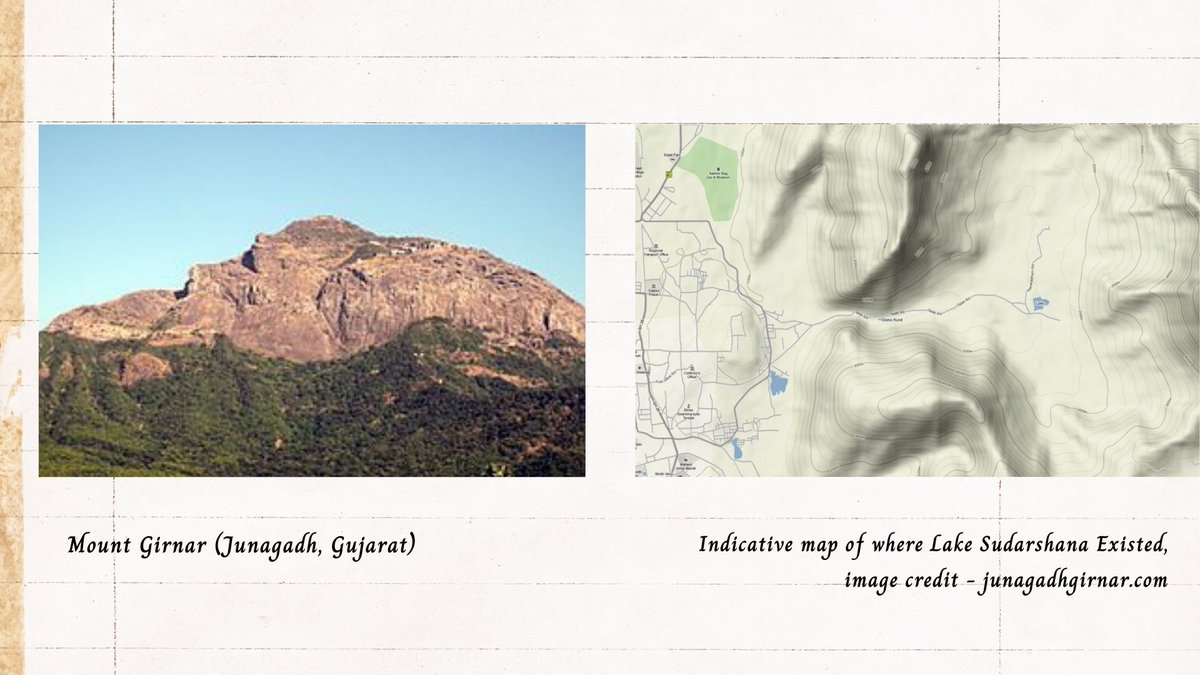
The Cultural Index of Mahabharata (1951 till now) - An Index of culture and anthropology, geography, and objects mentioned in the Mahabharata
-
A long thread on the long term project of the Bhandarkar Oriental Research Institute
-
A long thread on the long term project of the Bhandarkar Oriental Research Institute

In 1951, Dr. S.K. Belvalvalkar, then gen. editor of the Critical Edition, published an outline for the literary & historical epilogue to Mahabharata. It'd deal with topics like features of various versions, linguistic peculiarities, anthropological details (19 aspects in total)
To construct such an epilogue, it was decided to catalogue 6 major heads - 1) Names, 2) Events, 3) Concepts (philosophy, polity, religion etc), 4) Realia (prevalent culture, day-to-day life, food, war, agriculture etc), 5) Geography, 6) divisions of time
3 years after the completion of the Critical Edition, in 1969, the work on the cultural index began in earnest. Shri V.M Bedekar, who had worked on the idea since 1956, undertook the mammoth task, and he was assisted by Smt. Vijaya Deshmukh (tenure 1969-2003).
After Dr. Bedekar's sad demise in 1978, Dr. Rahurkar and Dr. (Vijaya) Deshmukh carried the work till 1983, when the first stage of collecting source material from all 18 Parvans had culminated.
In 1983, Dr. M.A. Mehendale joined the institute as the Editor of the epilogue.
In 1983, Dr. M.A. Mehendale joined the institute as the Editor of the epilogue.
In the years to come, many scholars joined this project. Scholars such as Shri P.C. Sahoo, Dr. D.V. Garge, Smt. Jayanti Tripathi, Smt. Sucheta Paranjpe, and Shri. N.B Marathe.
In 1997, the first volume, containing 4 fascicules was published. In included -
1.1. a) serpents, birds and animals & b) Weapons
1.2. literary works and parts of work
1.3. Divisions of time, Nakshatras and planets
1.4. rivers, mountains and forest
1.1. a) serpents, birds and animals & b) Weapons
1.2. literary works and parts of work
1.3. Divisions of time, Nakshatras and planets
1.4. rivers, mountains and forest

in 2007, the second volume, containing fascicules 5-7 was published. It included -
1.5. Names of Asramas, Cities, VIllages
1.6. Names of Countries, people and Islands
1.7. Miscellaneous names
1.5. Names of Asramas, Cities, VIllages
1.6. Names of Countries, people and Islands
1.7. Miscellaneous names

In 2013/14, Dr. G.U. Thite took over as the chief editor. He was joined by scholars like Dr. Amruta Natu, Dr. Gauri Moghe (14-till now), Dr. Maithili Joshi (18-now)
In the last few years, 2 fascicules covering Deities, characters like Arjuna, Ashwathama have been published.
In the last few years, 2 fascicules covering Deities, characters like Arjuna, Ashwathama have been published.
The project of Cultural Index is one of the most significant academic project of the institute. Today it is also supported by Jathar Foundation.
A completed Cultural Index would be vital to the comprehensive understanding of the grand epic of the Mahabharata.
A completed Cultural Index would be vital to the comprehensive understanding of the grand epic of the Mahabharata.
M. Winternitz, a great scholar of the epic once noted such a resource once available would help a young beginner of Sanskrit studies to look up and find out a particular reference in the enormous expanse of a hundred thousand stanzas of the great epic i.e. Mahabharata.
It is our great pleasure that 5 of the scholars mentioned above, Dr. G.U. Thite, Dr. Sucheta Paranjpe, Dr. Amruta Natu, Dr. Gauri Moghe and Dr. Maithili Joshi, are members of the faculty in our upcoming course on Mahabharata.
• • •
Missing some Tweet in this thread? You can try to
force a refresh







